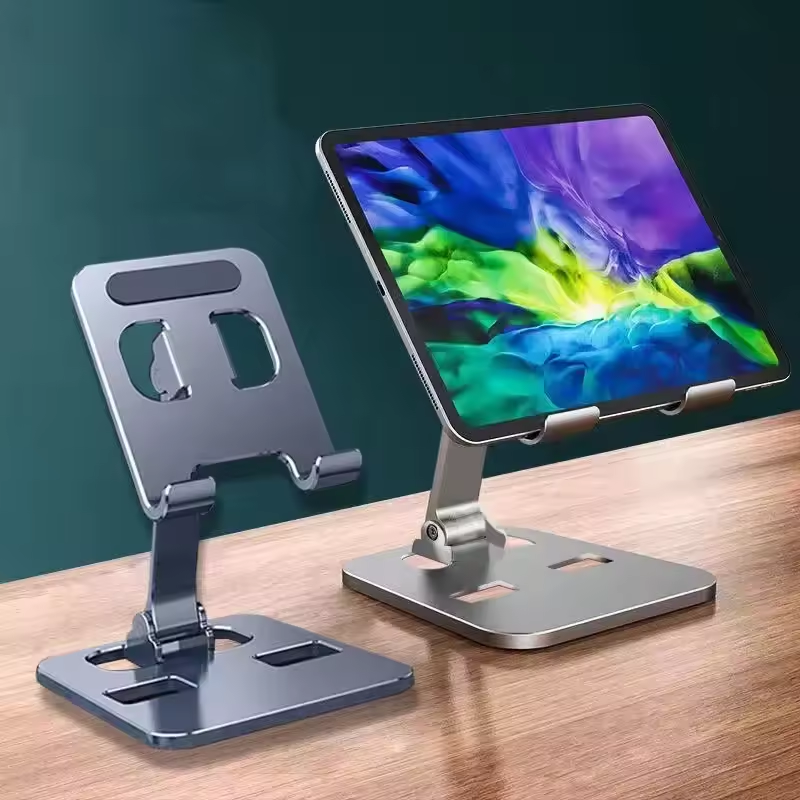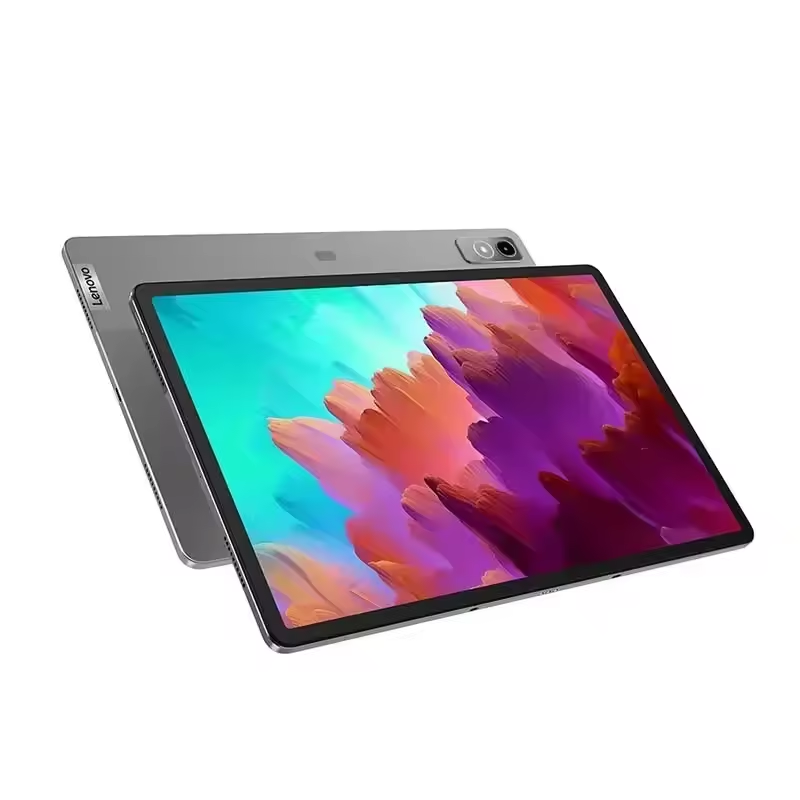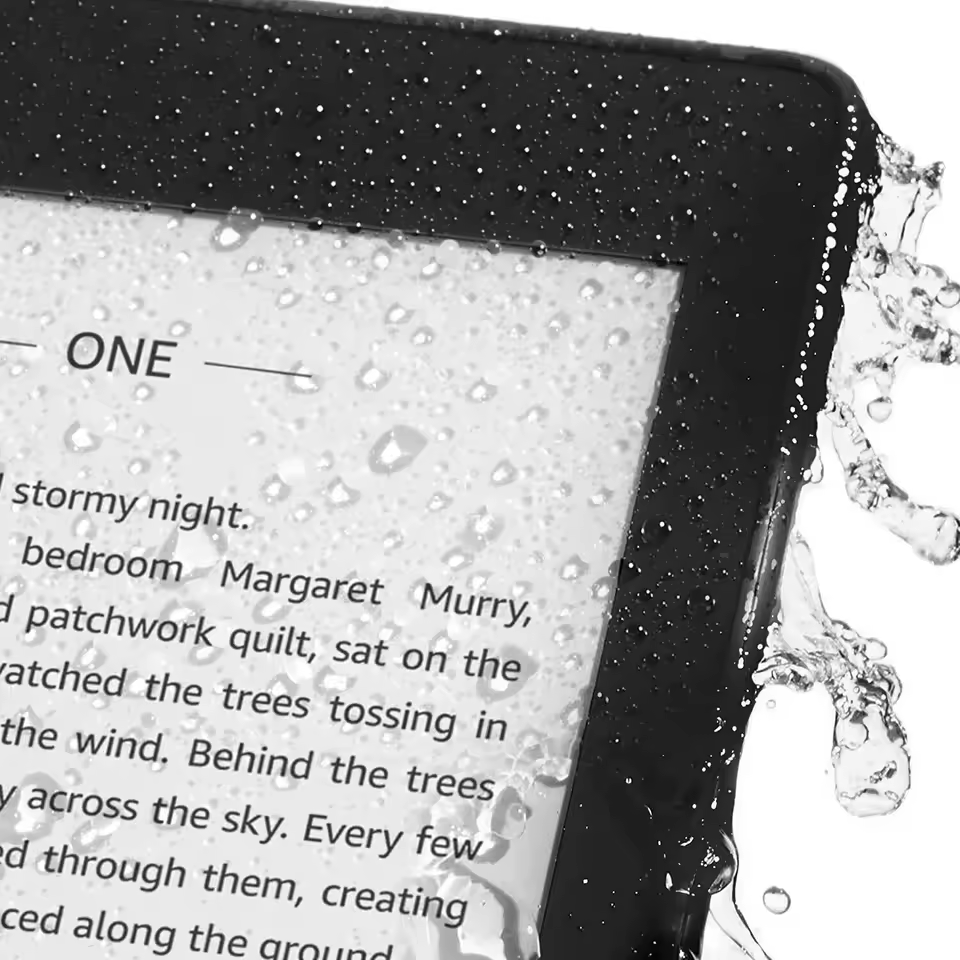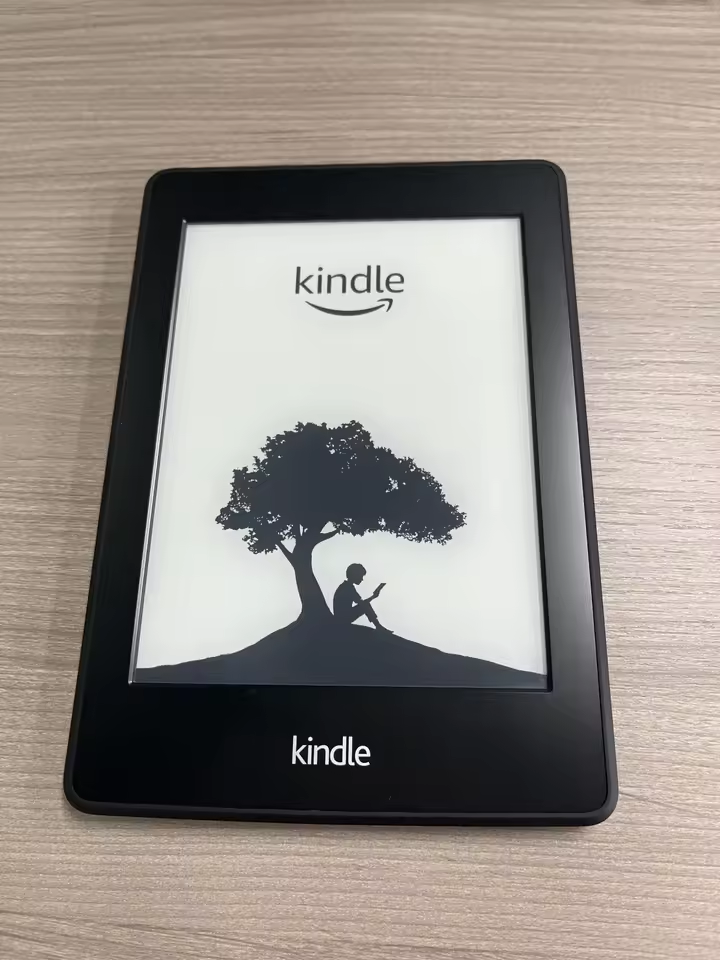Introduction to Kindle and iPad
When choosing between a Kindle and an iPad, many factors come into play. Both devices cater to different needs and preferences. Understanding their purposes is key to making the right decision. Below, we explore what each device offers.

What is a Kindle?
A Kindle is a device designed specifically for reading. It uses e-ink technology for displaying text that mimics real paper, making it ideal for long reading sessions. Kindles are compact, lightweight, and have long-lasting batteries. They primarily serve as e-readers but do offer limited connectivity for downloading books and basic browsing.
What is an iPad?
An iPad is a tablet that offers a multifunctional experience. It combines features for productivity, entertainment, and connectivity. iPads allow users to browse, stream video, create content, and read eBooks. They use vibrant Retina or LCD displays, making them versatile for various tasks beyond reading. With access to the Apple app ecosystem, an iPad is more than just a reading device.
Display and Screen Technology
Choosing the right display matters for reading, productivity, or entertainment. Let’s explore the screen technologies in Kindle and iPad.
E-Ink Display on Kindle
Kindle uses e-ink technology, which mimics the look of real paper. The display reduces glare, making it ideal for outdoor reading. Its monochrome screen ensures minimal eye strain during long sessions. Unlike traditional screens, e-ink consumes much less power, extending battery life.
Retina and LCD Display on iPad
iPads feature vibrant Retina or LCD displays designed for high-resolution visuals. Colors are sharp and vivid, offering great quality for videos, games, and photos. Brightness settings allow easy indoor and outdoor use, but prolonged exposure may strain eyes. These screens consume more energy due to advanced lighting technology.
Impact on Eyes and Reading Experience
Kindle’s e-ink screen reduces blue light exposure, providing a comfortable reading experience. iPads, though versatile, emit blue light, which can strain eyes. For night reading, both devices offer customizable brightness settings. Readers preferring minimal distraction may choose Kindle, while multimedia users lean towards iPad.
Battery Life Comparison
Battery life is a key factor when deciding between a Kindle and an iPad. Let’s dive into how each device performs in this area.
Kindle Battery Performance
Kindles are known for their exceptional battery life. Thanks to e-ink technology, they consume very little power. A fully charged Kindle can last weeks, even with frequent use. The minimal energy required for page-turning and low backlight usage ensures efficiency. If you’re a daily reader, you won’t need to charge often.
iPad Battery Performance
iPads offer less battery life compared to Kindles. On average, an iPad lasts 10-12 hours with mixed use. Activities like video streaming or gaming drain the battery faster. Reading on an iPad might offer 10 hours, but brightness settings impact this. Frequent charging is required, especially if you multitask on the device.
How Long Each Device Lasts for Reading
For reading alone, the Kindle easily outperforms the iPad. Kindle users can read for weeks without recharging. In contrast, the iPad may last a day or two, depending on usage and settings. If long battery life for reading is a priority, Kindle stands out. However, iPads offer versatility beyond reading, which can justify their shorter battery life for some users.
Device Portability and Durability
When choosing between a Kindle and an iPad, portability and durability are essential considerations. These two factors greatly affect how and where you can use the devices. Let’s explore how each device measures up.
Weight and Size Comparison
Kindles are lightweight and compact, designed for easy handling during extended reading sessions. They typically weigh between 6 to 10 ounces and can be held comfortably with one hand. Their thin, small design makes them ideal for carrying in bags or even large pockets.
iPads, on the other hand, are larger and heavier. The weight varies depending on the model, ranging from 0.7 to 1.5 pounds. This can make extended holding less comfortable, especially for reading. However, the larger screen size provides more versatility for multitasking and media consumption.
If portability is a priority and you plan to carry the device everywhere, the Kindle is easier to manage. iPads are better for users who need a larger screen for diverse tasks beyond reading.
Build Quality of Kindle vs iPad
Kindles are built for simplicity and durability. They feature plastic bodies that are sturdy enough for everyday use. This makes them resistant to minor drops and scratches. Some Kindle models are also water-resistant, making them great for reading by the pool or at the beach.
iPads, in contrast, feature premium aluminum frames and glass displays, giving them a sleek and elegant look. This design, while appealing, makes them more prone to damage from drops or impacts. iPads are less water-resistant than Kindles, which might limit their use in outdoor settings.
In terms of durability, Kindles are the better choice for users seeking a rugged, fuss-free reading device. However, iPads offer a premium feel and design, appealing to those who value aesthetics and a multifunctional build.
Reading Features and Accessibility
Choosing between a Kindle and an iPad involves evaluating their reading features and accessibility options. Both devices offer unique tools to enhance the reading experience, but their capabilities differ.
Highlighting and Note-taking on Both Devices
Kindles offer basic yet effective highlighting and note-taking tools. Users can highlight text and add notes easily. These notes are stored in the Kindle app or cloud for later reference. However, Kindle’s functionality is centered around reading, so the tools are simple.
iPads, however, provide more advanced and versatile features for note-taking. With Apple Pencil support, users can annotate directly on PDF files or eBooks. Numerous apps offer expanded functionality, appealing to students and professionals. For those who prioritize detailed notes, the iPad is a stronger choice.
Dictionary and Translation Features
Both devices include built-in dictionary and translation tools. Kindle enables users to tap a word for instant definitions or translations. This feature works offline, making it ideal for frequent readers or language learners.
iPads offer similar features but rely heavily on apps or an internet connection. Third-party apps such as iBooks and Kindle for iPad enhance reading by offering dictionaries and translation tools. However, these features may feel less seamless compared to the Kindle.
Text-to-Speech and Accessibility Options
Kindles include accessibility features like text-to-speech in some models. This allows books to be read out loud, ideal for visually impaired users. The interface is straightforward, ensuring ease of use.
iPads shine in accessibility features. They include voiceover, screen magnification, and robust text-to-speech options. The larger screen can display advanced accessibility tools, making it a better choice for diverse user needs.
In summary, Kindle focuses on simplicity for a dedicated reading experience. iPads cater to users seeking robust functionality and customization in reading and accessibility tools.
Versatility and Functionality
When deciding between a Kindle and an iPad, their versatility and functionality are key factors. Each device serves unique purposes and caters to different user needs. Here’s how they compare.
iPad as a Multifunctional Device
The iPad is designed as an all-in-one device. It offers users tools for productivity, entertainment, and creativity. Users can run apps for writing, drawing, gaming, and video editing. Its access to the Apple ecosystem enhances its functionality further. Multitasking features, like split-screen mode, allow users to perform multiple tasks efficiently.
For reading, the iPad supports multiple eBook apps, including Apple Books and Kindle. Its color display makes it suitable for reading comics, magazines, or visually rich content. However, extended reading might cause eye strain due to blue light from the screen.
In summary, the iPad is more than a reading device. It fits users looking for diverse digital tools and high functionality.
Kindle’s Dedicated Reading Experience
The Kindle focuses on a single purpose: reading. Its features are optimized for a distraction-free experience. With e-ink technology, it replicates the feel of real paper. This minimizes glare and reduces eye strain during long reading sessions.
Kindles are compact and portable, ideal for on-the-go readers. They lack the app variety of an iPad but excel at delivering an uninterrupted reading experience. Features like adjustable lighting and waterproof designs further enhance usability.
For avid readers, the Kindle offers simplicity, long battery life, and specialized functions designed for reading. It suits users who value reading above all other activities.
Cost and Affordability
Price plays a crucial role in choosing between a Kindle and an iPad. Let’s compare their costs and value.
Price Breakdown of Kindle Models
Kindles are generally more affordable compared to iPads. The Amazon Kindle lineup includes several models:
- Kindle Basic: The most affordable option, priced around $100. It offers essential reading features.
- Kindle Paperwhite: Mid-range, priced between $130 and $170. It includes waterproofing and better lighting.
- Kindle Oasis: The premium model, costing $250 or more. It features advanced ergonomics and display quality.
Occasional discounts on Kindles make them even more budget-friendly, especially during sales like Prime Day or Black Friday.
Price Breakdown of iPad Models
iPads are more expensive due to their multifunctional nature. Here’s a breakdown of common models:
- iPad (9th Gen): Starts at $329. It offers basic functionality for apps and media.
- iPad Air: Priced around $600. It includes better performance and an upgraded display.
- iPad Pro: Starting at $800 or more, it targets professionals with high-end features and power.
Additional costs include Apple Pencil and accessories, increasing the overall investment.
Value for Money: Which Option Suits You?
The Kindle is ideal for those seeking a dedicated, budget-friendly reading device. Its long battery life and affordability provide excellent value for readers.
The iPad, while pricier, is better for users needing a versatile, feature-rich device. It justifies its cost with multitasking capabilities, app access, and premium design.
Ultimately, the choice depends on your priorities. A Kindle is perfect for reading-focused users, while an iPad suits those requiring versatility.
Best Use Cases: Kindle vs iPad
Choosing between a Kindle and an iPad depends on your specific needs and preferences. Each device caters to a different audience and excels in unique scenarios.
Who Should Choose a Kindle?
- Dedicated Readers: Kindle is perfect for those who prioritize reading above all else. Its e-ink technology is easy on the eyes and mimics real paper.
- Outdoor Enthusiasts: The glare-free screen makes the Kindle ideal for reading under bright sunlight.
- Long-Distance Travelers: With weeks-long battery life, Kindle is excellent for prolonged trips without frequent charging.
- Budget-Conscious Buyers: Kindles are more affordable, starting at as low as $100 for the basic model.
- Minimalists: The simple interface ensures distraction-free reading without notifications or multitasking options.
Who Should Choose an iPad?
- Multitaskers: iPad excels as a multifunctional device, supporting apps for work, gaming, and streaming.
- Content Creators: The iPad, especially with the Apple Pencil, is ideal for drawing, editing, and note-taking.
- Casual Readers: Those who read occasionally and enjoy comics, magazines, or image-rich content will benefit from the iPad’s vivid display.
- Tech Enthusiasts: iPads connect seamlessly with the Apple ecosystem, providing robust features for tech-forward users.
- Frequent Media Users: The iPad’s vibrant screen is great for watching videos, browsing, and handling multimedia tasks.
By considering these use cases, you can decide which device aligns better with your lifestyle and needs.
Conclusion: Making the Right Choice for Your Needs
Choosing between a Kindle and an iPad depends on your needs and preferences. Both devices offer distinct benefits, catering to different audiences. Here’s a quick summary to guide your decision:
- Choose a Kindle if you are an avid reader. It provides a dedicated reading experience with features like e-ink screens, long battery life, and portability. Kindle suits outdoor readers, travelers, and those seeking a budget-friendly option.
- Choose an iPad if you need a versatile device. It excels in multitasking, media consumption, and creative tasks. Its vibrant display and access to apps make it perfect for content creators and casual readers.
Consider your lifestyle, usage habits, and budget carefully. If reading is your priority, go for the Kindle. If functionality and multimedia use matter more, the iPad might be a better fit.
Ultimately, either device can enhance your digital experience, provided it aligns with your specific needs.